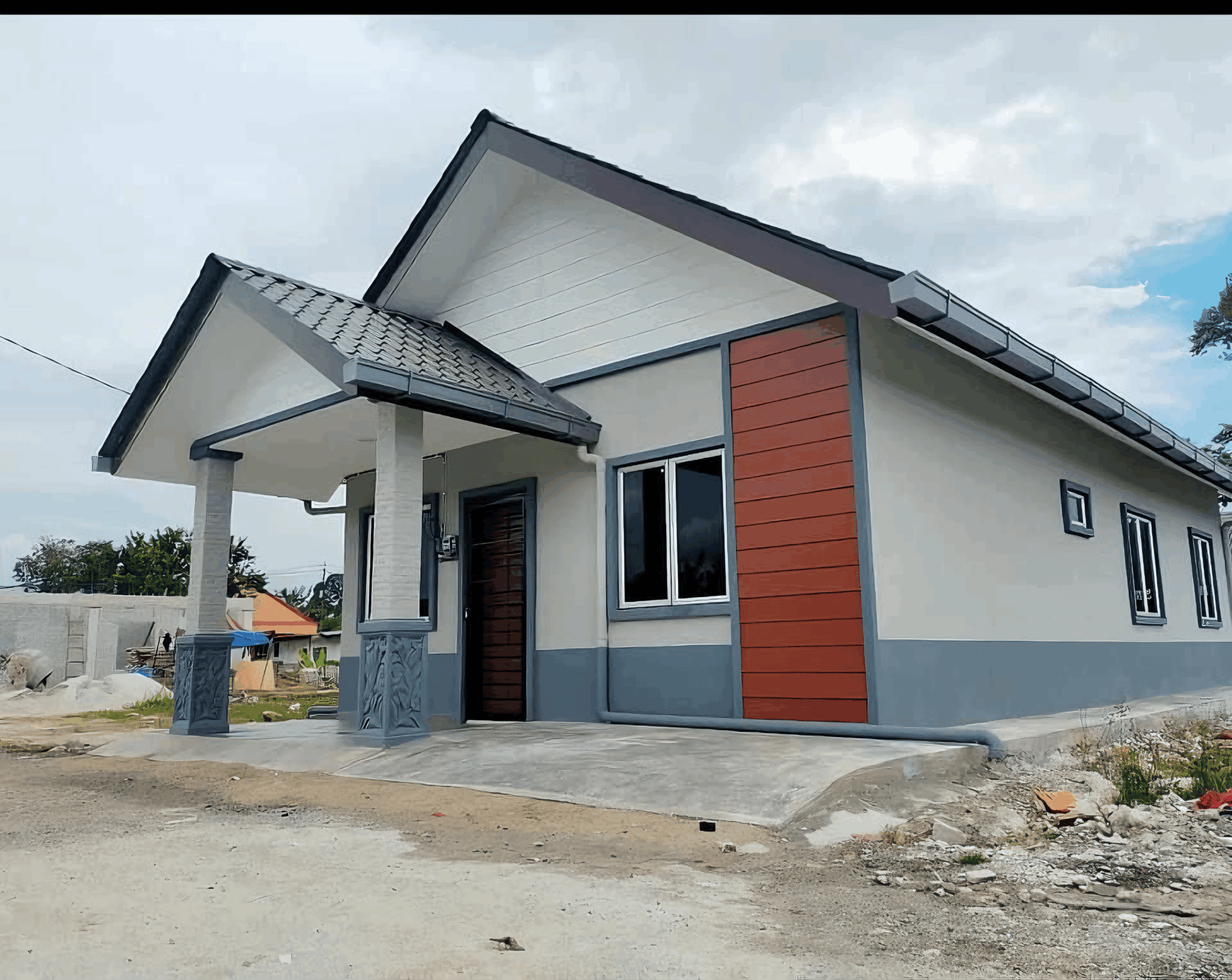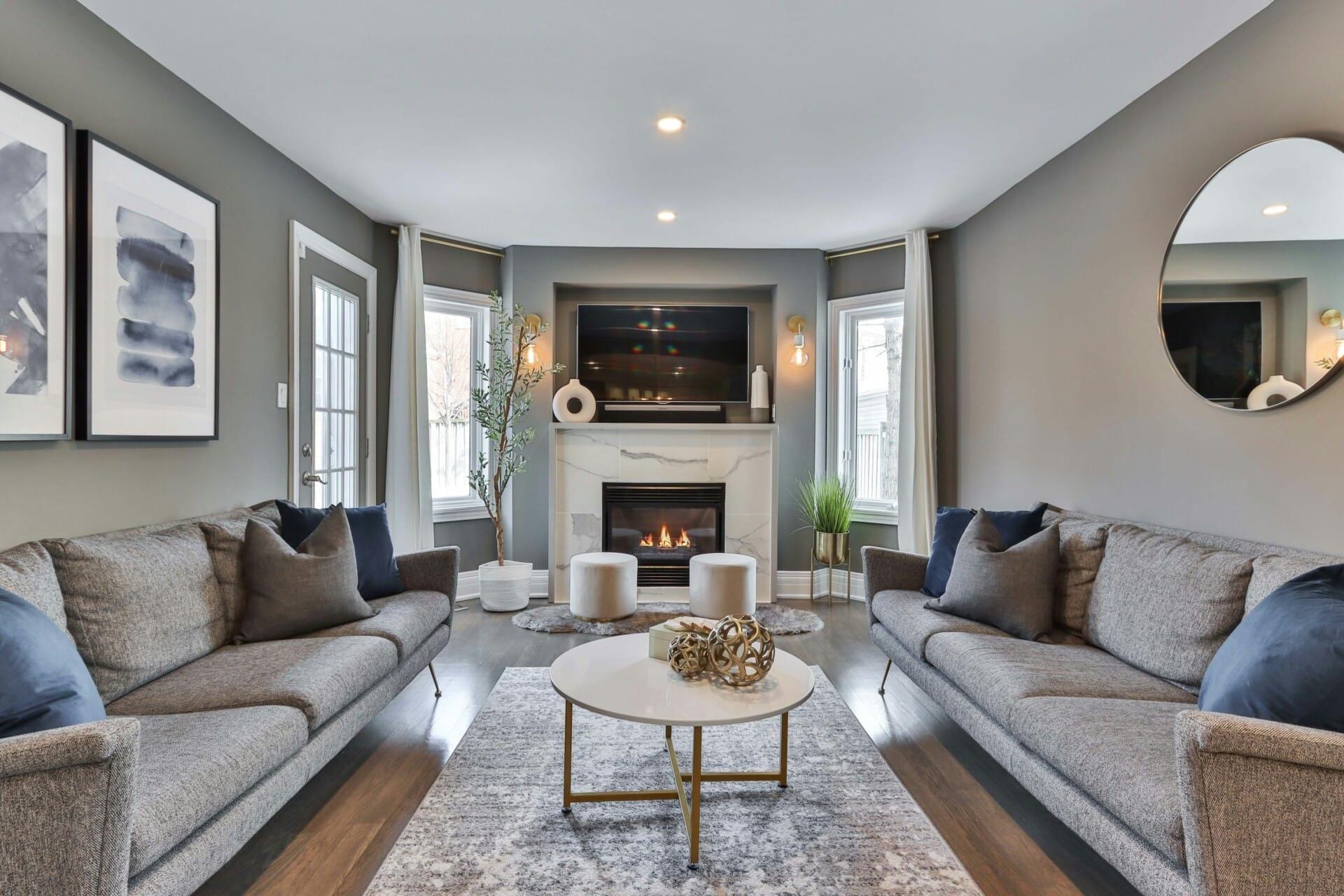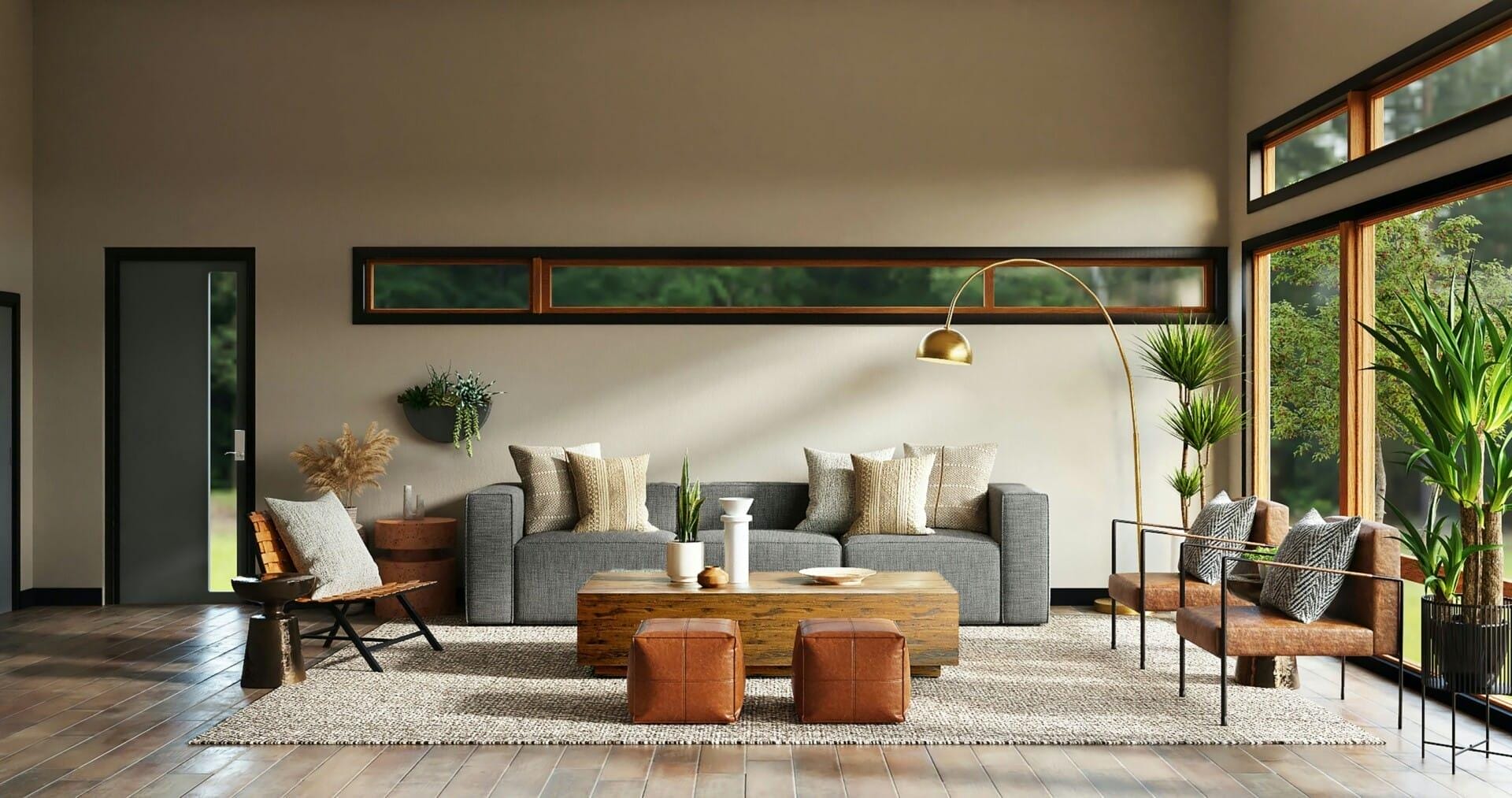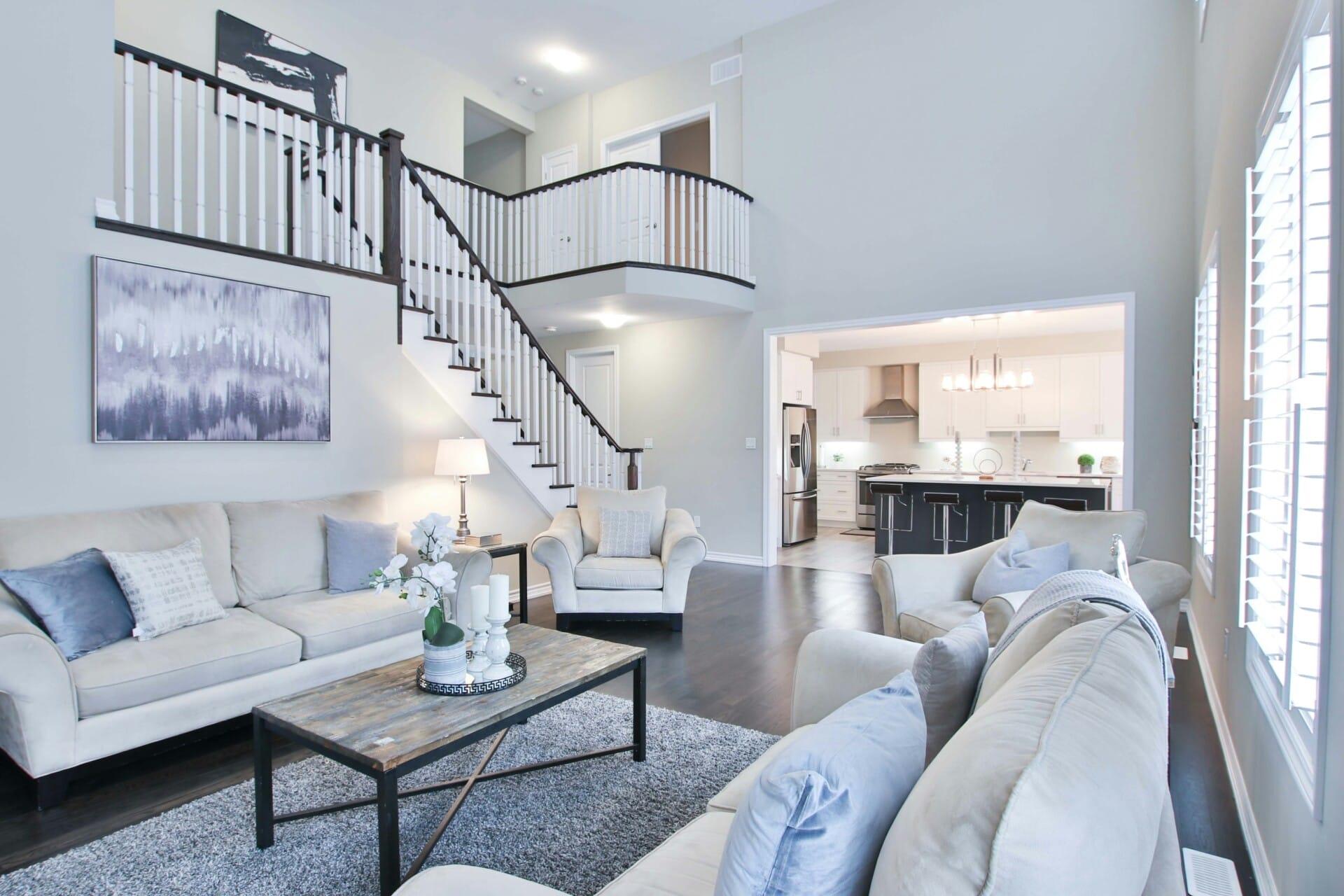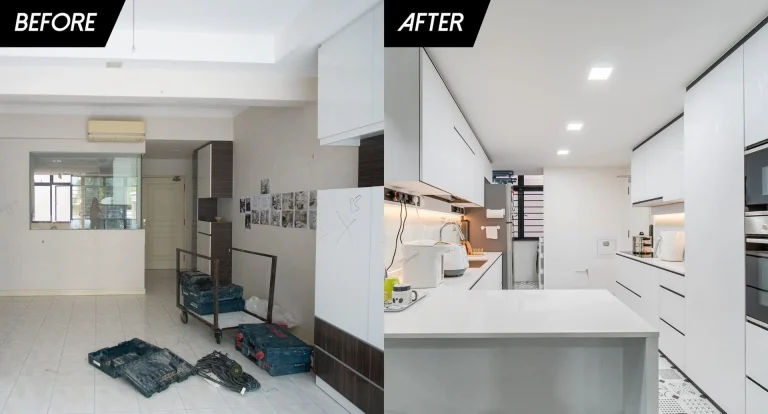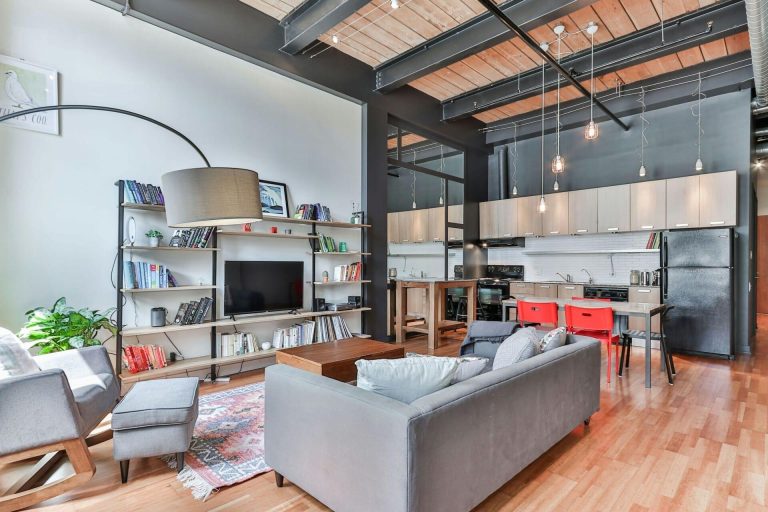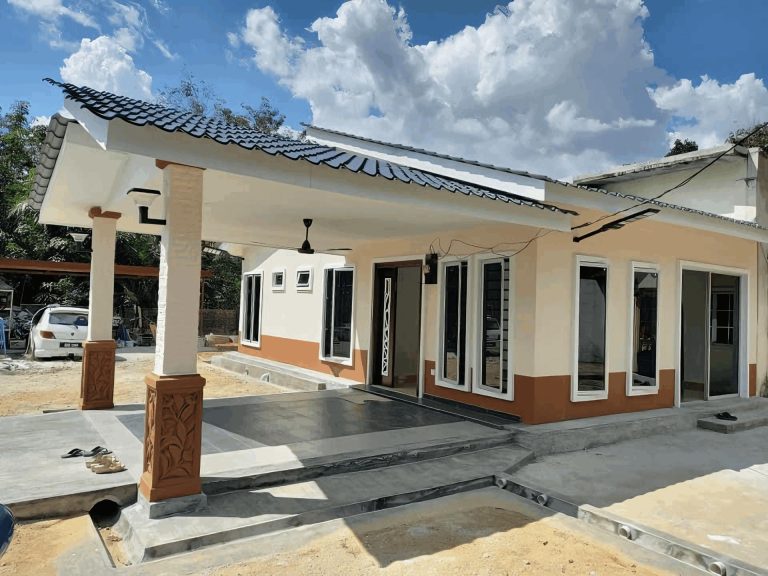When it comes to building your dream space, the last thing you want is for your budget to turn into a construction nightmare. Imagine gathering your team, from the architect to the contractor, all while trying to keep your wallet happy. Sounds a bit tricky, right? But fear not! Creating a construction budget that keeps everyone smiling can actually be a piece of cake – or maybe a bowl of mee goreng! In this article, we’re going to explore some friendly tips and tricks on how to whip up a budget that not only looks good on paper but also satisfies the needs of all parties involved. So, whether you’re looking to renovate your home or start from scratch, let’s dive into the world of budgeting where everyone can find their slice of happiness!
Understanding the Essentials of a Construction Budget
Creating a rock-solid construction budget starts with understanding the key components that make up the overall cost. It’s like building a delicious meal; you need quality ingredients in the right proportions. First, consider the core elements such as material costs, labor expenses, and permit fees. Each of these factors can fluctuate depending on market trends and government regulations, so keeping an eye on those changes is essential. Make sure you gather quotes from reliable suppliers and subcontractors to ensure your numbers are accurate.
Next up, it’s critical to account for contingencies. Think of it as your “just-in-case” seasoning. Construction projects can be unpredictable, with potential delays and unexpected issues cropping up along the way. Budgeting an additional 10-15% of your total cost can provide that much-needed buffer without sacrificing the overall flavor of your project. This extra cushion will help sweeten the deal if cost overruns occur due to unforeseen circumstances.
documentation is key. Track everything meticulously like a diligent chef keeping an eye on the recipe. Use tools such as spreadsheets or budgeting software to categorize your expenses and adjust as necessary. Regularly review your budget vs. actual expenditures to maintain control over your project. Here’s a quick sample budget table to give you a snapshot of what your construction project might look like:
| Item | Estimated Cost (MYR) | Actual Cost (MYR) |
|---|---|---|
| Materials | 50,000 | |
| Labor | 30,000 | |
| Permits | 5,000 | |
| Contingency | 10,000 | |
| Total | 95,000 |

Identifying Key Stakeholders and Their Needs
When diving into the world of construction budgeting, one of the first steps is to pinpoint who your key stakeholders are. These are the individuals or groups that will be directly or indirectly impacted by the project. Understanding their roles and how they contribute to the construction process is crucial. A few common stakeholders include:
- Project Owners: They’re the money bags, investing in the project, and seeking a solid return.
- Contractors: The ones who actually make things happen on-site, working within the budget constraints.
- Suppliers: Vital in providing materials, they can influence costs and timelines.
- Local Authorities: They ensure everything meets regulations and standards, impacting project progress.
Once you’ve identified who these stakeholders are, your next move is to understand their unique needs and expectations. The project owner might prioritize a cost-effective solution, while the contractor could focus more on quality and safety. Each stakeholder will bring their own sets of requirements to the table, and balancing these can prove challenging. Here’s a simple table to visualize some common stakeholder needs:
| Stakeholder | Key Needs |
|---|---|
| Project Owner | Value for money, timely completion |
| Contractors | Clear communication, resource availability |
| Suppliers | Consistent orders, timely payments |
| Local Authorities | Compliance with regulations, safety assurance |
By taking the time to engage with each of these stakeholders and delving into their specific needs, you’ll not only smooth out any potential bumps in the budgeting process but also build stronger partnerships moving forward. Recognizing that everyone has their goals will aid in creating a comprehensive budget that’s considerate of all perspectives, thereby ensuring project success.

Breaking Down Costs: Material, Labor, and Overheads
When diving into construction budgeting, it’s all about understanding the different cost components. Let’s kick things off with material costs. These can vary widely based on your project’s location, material quality, and market conditions. Here are a few key materials to consider:
- Cement – A staple in most constructions, its price can fluctuate.
- Bricks – Think about the type you need; they’re not all created equal!
- Steel – Critical for structural integrity, but prices often bounce around.
Next up, we have labor costs, which can often represent a significant portion of your budget. When hiring, consider not just the hourly rate, but also the skills and experience of your crew. Here’s a mini breakdown of labor-related factors:
| Role | Average Hourly Rate (MYR) |
|---|---|
| Project Manager | 80 – 120 |
| Skilled Laborer | 40 – 70 |
| General Laborer | 20 – 40 |
don’t overlook overhead costs, which are the unsung heroes of your budget. These expenses keep your project running smoothly and are often easy to miss. You might want to factor in:
- Permits and Licenses – Necessary to avoid legal troubles.
- Insurance – Protects against unforeseen mishaps.
- Utilities – Temporary services are often part of the game.

Strategies for Contingency Planning and Risk Management
When diving into the complexities of crafting a solid construction budget, it’s essential to have a clear-cut strategy for tackling potential risks and unexpected hiccups. One of the first steps is to identify what could go wrong. Talk about everything from weather delays to fluctuating material costs. Keeping these factors in mind helps create a flexible budget, so when the unexpected pops up, you won’t be scrambling to make last-minute adjustments.
Next, consider building a contingency fund into your budget. This fund acts as your safety net, earmarked specifically for unplanned expenses. A good rule of thumb is to allocate around 5-10% of your total budget for this purpose. This way, if a surprise arises, you can manage it without derailing your entire project. You might also want to think about creating a simple risk assessment table to map out identified risks alongside their potential impact and mitigation strategies.
| Risk Factor | Potential Impact | Mitigation Strategy |
|---|---|---|
| Weather Delays | Project Timeliness | Build buffer time into schedule |
| Material Price Increases | Budget Overrun | Lock in prices with suppliers |
| Labor Shortages | Increased Costs | Create partnerships with staffing agencies |
Lastly, regular review and communication with your team are key to effective risk management. Set up weekly check-ins to discuss budget status and any emerging issues. This collaborative effort ensures everyone is on the same page and can contribute to problem-solving. Plus, it helps build a team dynamic where everyone feels empowered to voice concerns, protecting your budget from those pesky hidden costs that can easily spiral out of control.

Balancing Quality and Cost: Smart Choices for Materials
When diving into the world of construction, one of the key ingredients to a successful project is the selection of materials. Striking the right balance between quality and cost can feel like walking a tightrope, but it’s essential for satisfying both your budget and the expectations of stakeholders. Start by considering durability and aesthetics. Choose materials that can withstand Malaysia’s tropical climate without compromising visual appeal. For instance:
- Concrete: Affordable, strong, and versatile, ideal for foundations and exteriors.
- Brick: Brick offers longevity and a natural look but can be pricier.
- Wood: Great for interiors, but different types vary in maintenance and cost.
Next up, think about sourcing options. Often, local suppliers can offer competitive pricing without sacrificing quality. Building relationships with these vendors can open doors to discounts and bulk purchasing deals. Here’s a quick comparison of local versus imported materials:
| Material Type | Local Sourcing | Imported Options |
|---|---|---|
| Cement | Reliable and economical | Expensive, shipping fees apply |
| Timber | Sourced from sustainable forests | Variety but can be costly |
| Tiles | Trendy local designs | Unique imported styles available |
don’t forget the importance of future maintenance when evaluating your choices. Cheaper materials may save money upfront but could lead to higher repair costs later. It’s smart to invest a bit more in materials that require less upkeep, ensuring the long-term integrity of the construction. Think about integrating energy-efficient products that not only align with safety standards but can also help reduce utility costs over time.
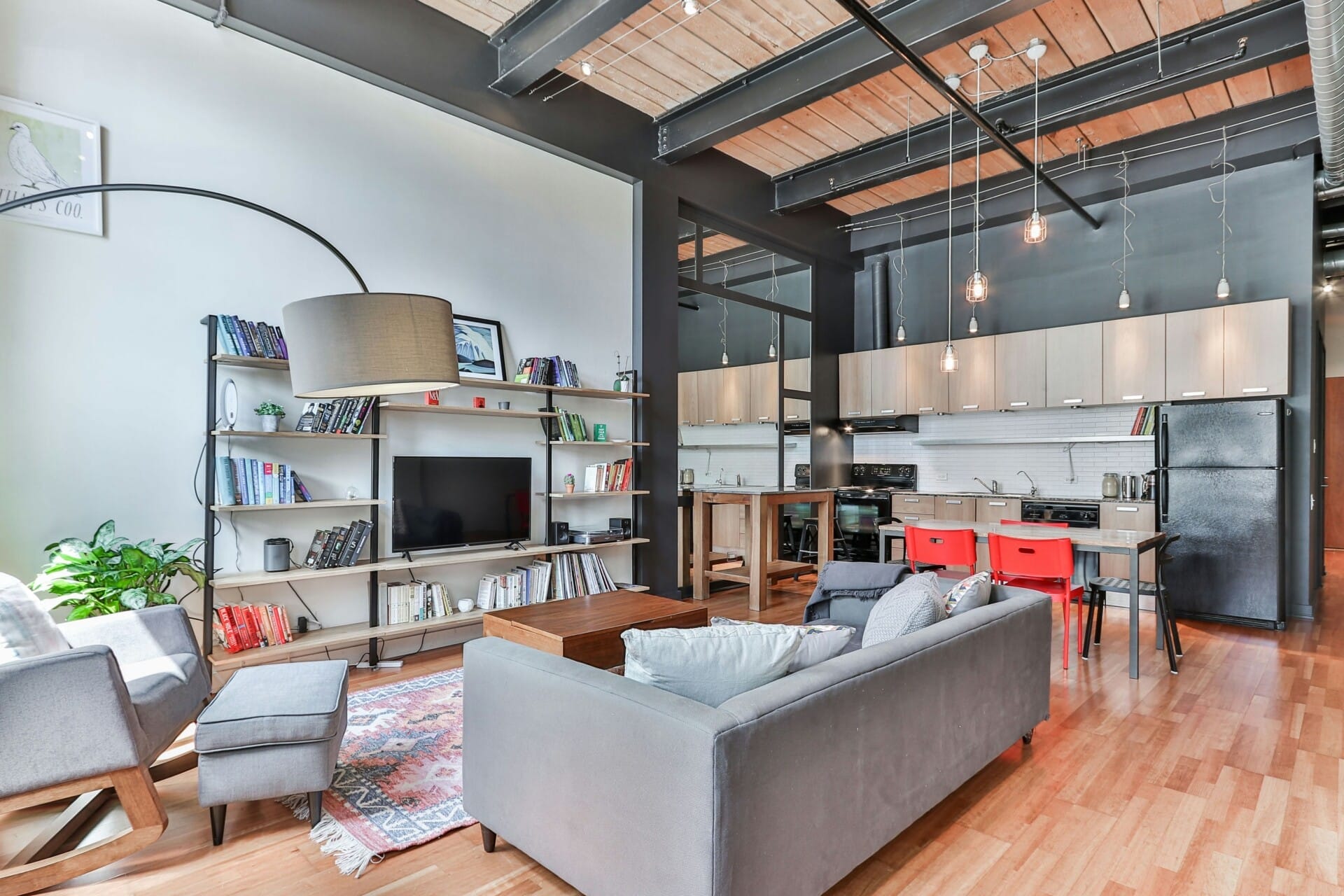
Utilizing Technology to Enhance Budget Accuracy
In today’s fast-paced construction landscape, technology plays a pivotal role in ensuring that budget estimates are not only precise but also easy to manage. Incorporating tools like project management software, budgeting apps, and data analytics can streamline the budgeting process and minimize human error. By using these digital solutions, construction firms can track project expenses in real-time, making it easier to adjust budgets as changes arise. This approach helps to avoid those pesky budget blowouts and keeps everyone on the same page.
Cloud-based platforms offer the added benefit of collaboration. Team members can share insights and updates seamlessly, enabling stakeholders to access information whenever they need it. Imagine having a platform where you can upload invoices, track expenses, and manage resources all in one place. The benefits include:
- Increased visibility: Everyone has access to the same data, reducing confusion.
- Enhanced accountability: Clear records of updates and changes ensure that responsibilities are well-defined.
- Better decision-making: Real-time data allows teams to make informed choices on the fly.
Moreover, utilizing predictive analytics can significantly improve the accuracy of your budget forecasts. By analyzing historical data, teams can identify patterns and trends that may impact costs down the line. Incorporating a basic table to illustrate potential costs can provide clarity:
| Item | Estimated Cost (MYR) | Actual Cost (MYR) |
|---|---|---|
| Raw Materials | 50,000 | 48,000 |
| Labor | 30,000 | 32,500 |
| Equipment Rental | 20,000 | 18,000 |
This simple comparison helps teams instantly spot where adjustments are required, and it reinforces the need for continuous monitoring throughout the project lifecycle. Technology isn’t just a tool; it’s a vital partner in crafting a budget that leaves all parties satisfied, ensuring the project heads towards a successful completion.
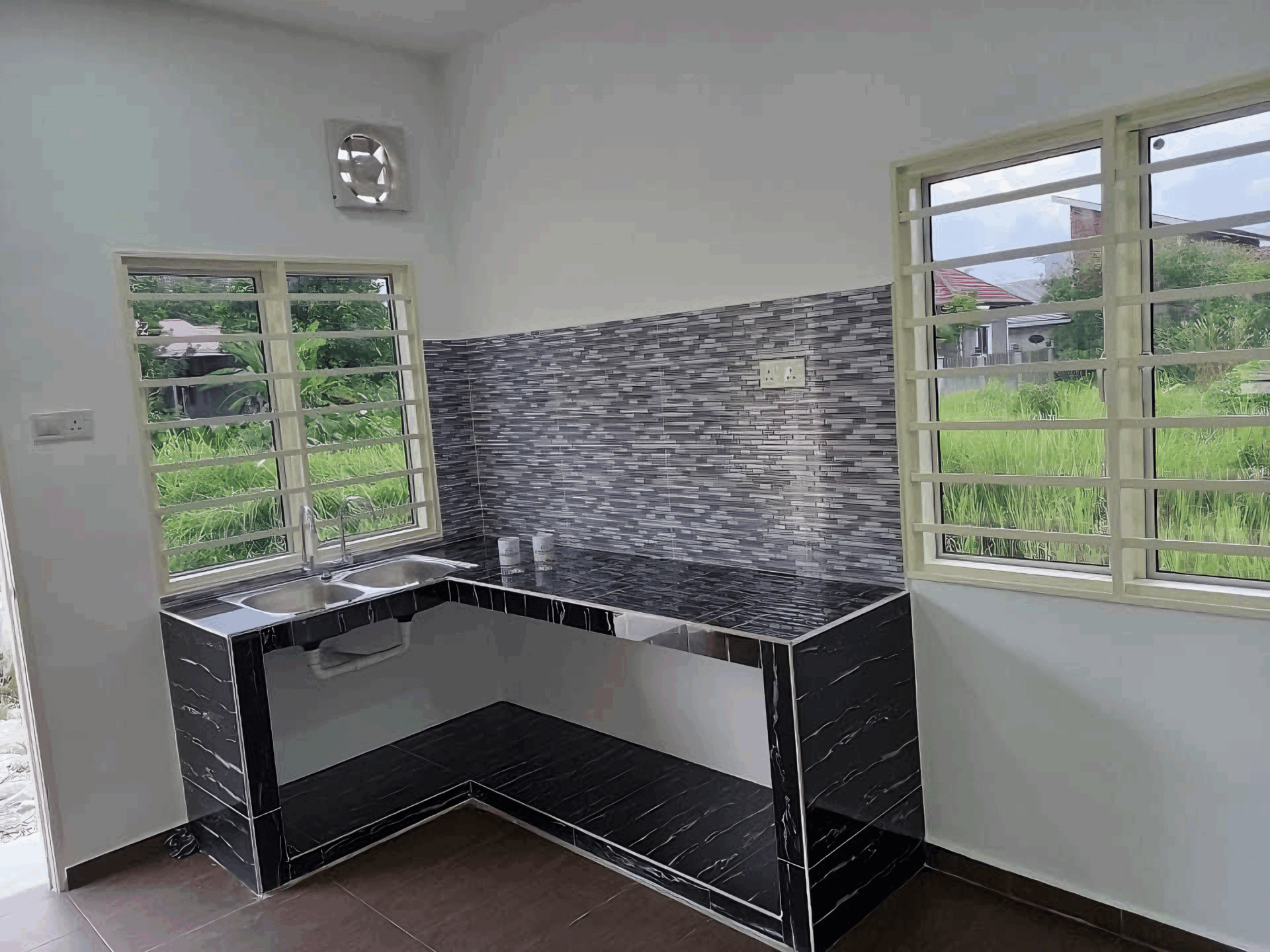
Communicating Your Budget Transparently to All Parties
When it comes to keeping everyone in the loop about the budget, transparency is your best friend. Imagine having an open book, where all parties can see where every ringgit is going. Start with an easy-to-read breakdown, featuring categories like materials, labor, and permits. This not only fosters trust but also keeps potential conflicts at bay. A clear visual representation—like a pie chart or bar graph—illustrates how the funds are allocated, making it simpler for everyone to grasp the financial landscape.
Using collaborative tools is another nifty approach to ensure clarity throughout the budgeting process. Consider platforms like Google Sheets or specialized construction management software that allow real-time updates. Everyone involved can access the most current information, reducing the likelihood of misunderstandings. Plus, having a shared document means that all relevant parties can contribute their insights, promoting a team atmosphere focused on achieving a common goal. Set up regular reviews to discuss any adjustments or changes to the budget, so that everyone remains informed and involved.
Furthermore, it’s crucial to encourage open dialogue about budget expectations. Create an environment where stakeholders feel safe asking questions or sharing concerns. This can be achieved through weekly check-ins or dedicated meetings. During these discussions, make sure to articulate the rationale behind budget decisions, especially those that may not sit well with everyone. Transparency is one thing, but ensuring understanding takes it a step further. With patience and clarity, everyone can align their vision and work towards a successful project completion.
Monitoring and Adjusting the Budget Throughout the Project
After laying down the foundation of your construction budget, it’s crucial to keep an eye on it as the project progresses. Just like a chef keeps checking the taste of a simmering pot, a project manager should routinely monitor expenses against the planned budget. Setting up a tracking system will help you catch any discrepancies early and allow for swift action. Tools like budget tracking software or even simple spreadsheets can serve as your trusty sous chefs in this culinary adventure.
As the project cooks along, there might be ingredients that need a little tweaking. Economic conditions, material costs, or unforeseen site issues can alter your delicious recipe. Regularly revisiting your budget and making the necessary adjustments ensures that you stay on track and keep all stakeholders happy. Consider establishing a regular review schedule, like bi-weekly meetings, to discuss budget statuses. This way, everyone stays informed and can contribute to decisions regarding necessary adjustments.
Additionally, clear communication is the secret sauce to keeping everyone satisfied. Maintain an open dialogue with your team and stakeholders about the budget. Sharing insights about potential changes and getting feedback can turn apprehensions into collaborations. Use visual aids, like simple tables or charts, to present budget updates clearly. Here’s a handy table to illustrate how to break down project costs effectively:
| Expense Category | Estimated Cost | Actual Cost | Status |
|---|---|---|---|
| Materials | RM 30,000 | RM 28,000 | On Track |
| Labor | RM 20,000 | RM 22,000 | Over Budget |
| Permits | RM 5,000 | RM 4,500 | On Track |
Closing Remarks
And there you have it – your guide to whipping up a construction budget that’s not only tasty but also satisfies all the right appetites. Remember, just like the perfect nasi lemak, it’s all about balancing those essential ingredients: clear communication, realistic estimates, and a sprinkle of flexibility. Whether you’re working on a cozy home renovation or a booming commercial project, keeping everyone in the loop will help you cook up a budget that keeps the peace and the project rolling smoothly.
So, next time you sit down to crunch the numbers, think of it as a culinary adventure. With the right mix of planning and a dash of creativity, you can serve up a budget that everyone will applaud. Happy budgeting, and may your construction projects be as fulfilling and successful as a well-cooked meal!